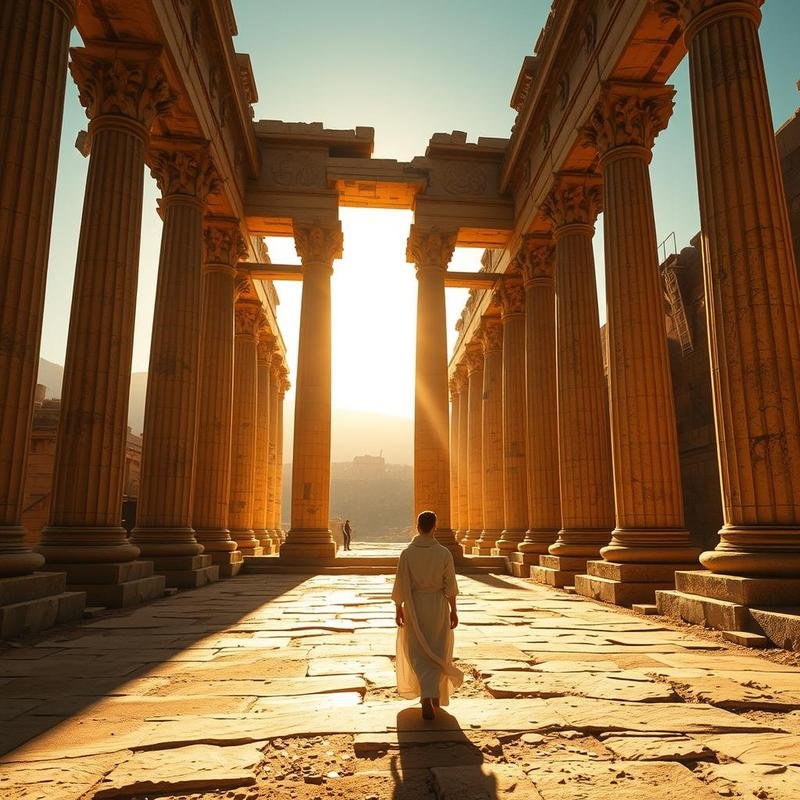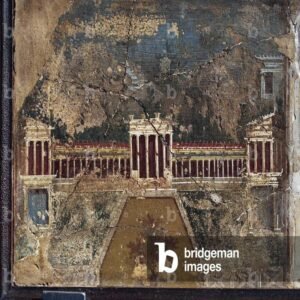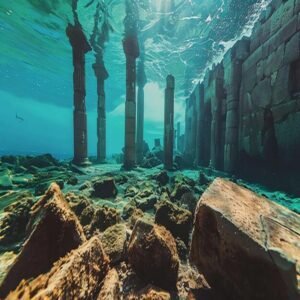The Roman Secrets of Baalbek | The Lebanese city of Baalbek and its temples

Baalbek Temples: Roman Wonders in Lebanon
The Roman temples of Baalbek, Lebanon, constitute a unique and unparalleled architectural achievement. Located in the fertile Beqaa Valley, this site boasts some of the world’s most impressive archaeological remains. These colossal temples stand as a testament to the Roman Empire’s architectural ingenuity and grandeur, offering a tangible link to a rich and multifaceted history. This article explores various aspects of Baalbek and its temples, from their ancient origins to their sophisticated engineering. Subscribe now and enable notifications to receive updates and be among the first to view our latest videos.
First, the History of Baalbek and its Roman Temples
Archaeological evidence indicates a continuous human presence in the Baalbek region since the Bronze Age. However, its prominence significantly increased during the Roman era. The Romans constructed monumental temples on pre-existing foundations, dedicating them to their Capitoline Triad: Jupiter, Venus, and Bacchus. Construction, initiated in the first century CE, spanned centuries, with additions and modifications undertaken in subsequent periods. Inscriptions on the temple walls identify Roman emperors involved in their construction and decoration, enriching our understanding of Baalbek’s history. These temples serve as powerful evidence of the Roman Empire’s influence and cultural impact on the region.
Second, the Architecture of Baalbek’s Temples
Renowned for their architectural splendor, Baalbek’s temples are among the largest and best-preserved Roman temples extant. Built in the classical Roman style, they utilize meticulously crafted, massive stones, showcasing the Romans’ mastery of mathematics and engineering in creating colossal and robust structures. The Temple of Jupiter, the largest and most famous, is characterized by its imposing colonnade surrounding the main courtyard. The Temple of Bacchus is celebrated for its exceptional preservation and the exquisite detail of its carvings and ornamentation. While significantly damaged over time, the Temple of Venus still reveals vestiges of its former magnificence. The Romans’ use of local limestone seamlessly integrated the temples into their environment, demonstrating their astute selection and utilization of materials.
Third, the Significance of Baalbek and its Roman Temples
Baalbek and its Roman temples are globally significant archaeological sites. They represent not only a monumental architectural legacy but also embody a rich history and advanced civilization. These temples have significantly advanced our understanding of Roman civilization and the cultural exchange between the Romans and other regional inhabitants. They serve as a primary source for archaeological and historical research, providing invaluable insights into various aspects of Roman life, from architecture and engineering to religion and social structures. Baalbek is a world-renowned tourist destination, attracting visitors from around the globe to witness this architectural and historical masterpiece.
Fourth, the Challenges Facing Baalbek and its Roman Temples
Despite their historical and touristic importance, Baalbek’s temples face numerous challenges. Centuries of wars, conflicts, and earthquakes have resulted in partial destruction. Furthermore, the temples are vulnerable to natural erosion and environmental pollution. Consequently, substantial efforts are underway by Lebanese authorities and international organizations to preserve, restore, and protect these invaluable structures from further deterioration. Protecting this cultural heritage requires a collaborative international approach and sustained commitment.
Fifth, Baalbek and its Roman Temples: The Future of Preservation
Preserving Baalbek’s temples is not merely a national responsibility but a global imperative. As an integral part of humanity’s shared heritage, these temples must be safeguarded for future generations. This necessitates the concerted efforts of governments, international organizations, researchers, and civil society. Investment in preservation and restoration programs, coupled with the development of sustainable tourism that contributes to both the protection and financial sustainability of the site, is crucial. Protecting Baalbek’s temples represents the protection of a significant component of our collective history and civilization. Do you believe current preservation efforts are adequate? What suggestions do you have for safeguarding this precious cultural heritage? Share your thoughts and proposals in the comments.







